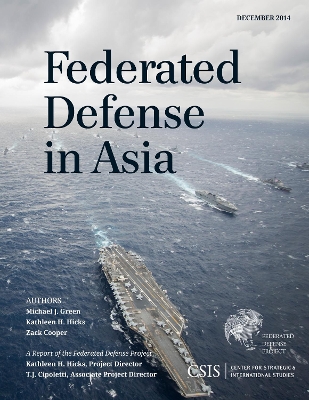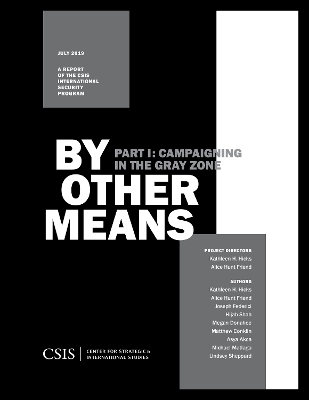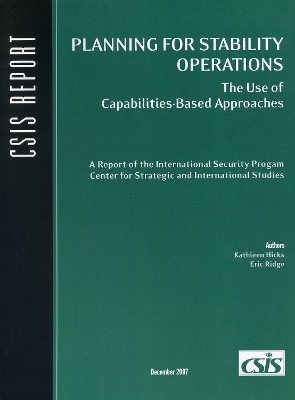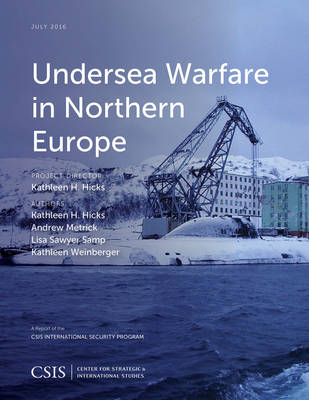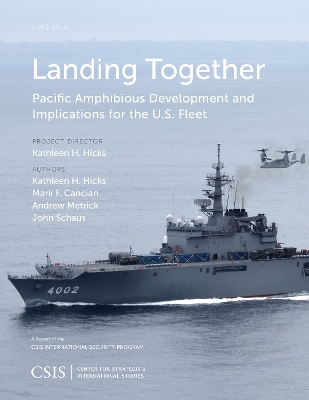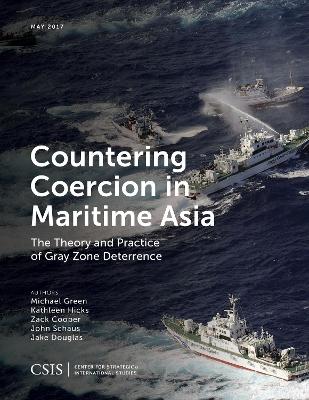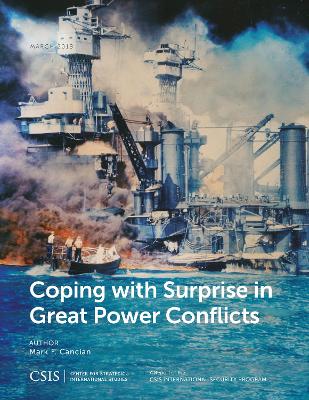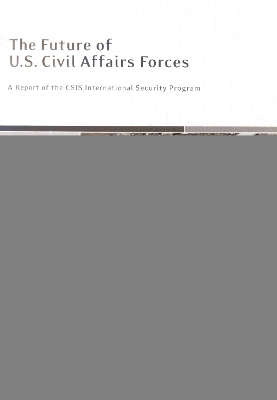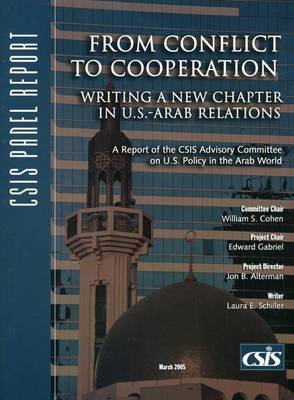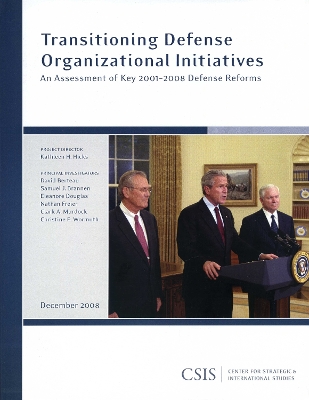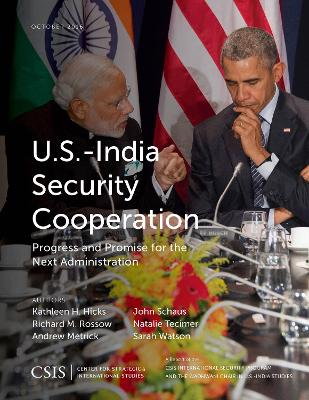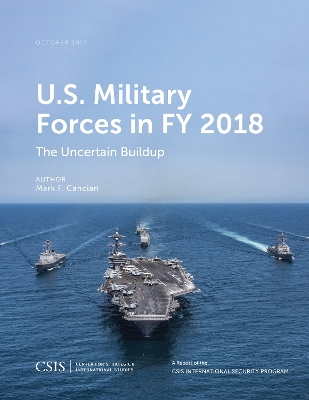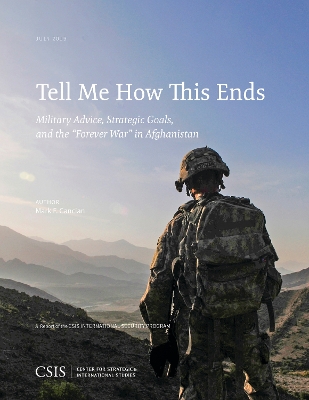CSIS Reports
18 total works
Assessing the Asia-Pacific Rebalance
by David J Berteau, Professor Michael J Green, and Zack Cooper
Federated Defense in Asia
by Michael J. Green, Kathleen H. Hicks, and Zack Cooper
Fortunately, shaping this new strategy is a generation of Japanese foreign policy experts with eyes toward the future of Japanese power and diplomacy. In Strategic Japan: New Approaches to Foreign Policy and the U.S. Japan Alliance, five preeminent scholars: Yasuhiro Matsuda, Tetsuo Kotani, Hiroyasu Akutsu, Yoshikazu Kobayashi, and Nobuhiro Aizawa discuss Japan's changing role in the world and the high stakes policy issues affecting Japan, Asia, and the world today. Taken together, these experts' contributions highlight potential areas for enhanced cooperation between the United States and Japan at a time when the West desperately needs a confident and proactive Japan, and Japan needs sustained American engagement and deterrence in an Asia-Pacific region that will continue to be the site of economic growth and expansion for years to come.
Federated Defense in the Middle East
by Jon B Alterman and Kathleen H. Hicks
Undersea Warfare in Northern Europe
by Kathleen H. Hicks, Andrew Metrick, Lisa Sawyer Samp, and Kathleen Weinberger
Landing Together
by Kathleen H. Hicks, Mark F. Cancian, Andrew Metrick, and John Schaus
Countering Coercion in Maritime Asia
by Michael Green, Kathleen Hicks, Zack Cooper, John Schaus, and Jake Douglas
Beyond the Water's Edge
by Kathleen H. Hicks, Louis Lauter, and Colin McElhinny
The Future of U.S. Civil Affairs Forces
by Kathleen H. Hicks and Christine E. Wormuth
U.S.-India Security Cooperation
by Kathleen H. Hicks, Richard M. Rossow, Andrew Metrick, and John Schaus

